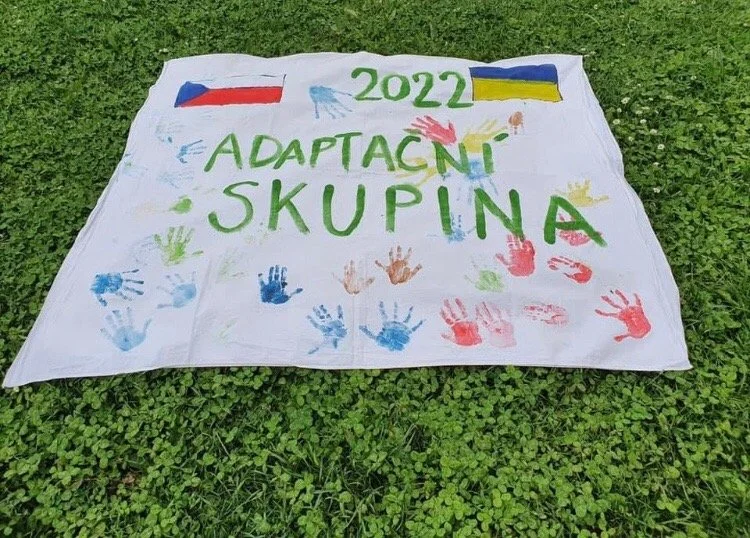A Hollow Threat But a Dangerous Symbol: Russia’s Partial Mobilization
The war in Ukraine shows no signs of stopping. Although Ukrainian forces are making advances and driving back Russian positions, they are far from an absolute victory. In fact, recent actions by Putin suggest that the war is actually ramping up. Recently, Putin announced a partial mobilisation of Russians to make up for losses endured in Ukraine. At first glance, the mobilisation efforts seem to indicate bad news for Ukraine. However, although mobilisation alone won’t make a significant difference in the war, it is a powerful indicator of Putin’s increasing attempts to escalate the war.
The mobilisation efforts ignited a swift and significant blowback that threatens to undermine Russia’s stability and legitimacy. In the month since Putin announced the partial mobilisation drive on 21 September, 2022, Russian citizens have fled their country, launched protests, and taken other extreme measures to avoid being drafted. Hundreds of thousands of Russians have fled to neighbouring states, with most going to Kazakhstan and Georgia. Russians can enter both countries without a passport or visa, making a quick escape from Russia far easier. So far, Russians fleeing the mobilisation have found support abroad.
However, not all Russian citizens are able to leave Russia, which creates division in Russian society. Ethnic minorities in Russia, already most affected by the war in Ukraine, have been forced to turn to alternative measures to counteract the mobilisation efforts. One such example is the Buryats, an ethnic group living in Eastern Siberia. Decades of discrimination have kept Buryats disconnected from the political and military establishment, which has made them vulnerable to abuse by Russian military officers trying to increase mobilisation. Unable to flee the country like other Russian citizens, groups of Buryat men have begun to hide in forests to avoid mobilisation. Another example is the Dagestanis, one of the ethnic groups in the Republic of Dagestan in the North Caucasus. Data shows that Dagestanis, while being a small portion of the Russian population, represent the largest number of confirmed fatalities since the war in Ukraine started. Also without recourse, Dagestanis launched anti-mobilisation protests which caught the attention of the international media.
All of these reactions to the mobilisation efforts – fleeing, hiding, and protesting – represent threats to Russia’s internal stability and external legitimacy. First, ethnic Russians fleeing mobilisation puts more pressure on ethnic minorities to support the war effort. These ethnic minorities have already shown themselves more likely to protest than quietly leave the country. Second, although Dagestanis’ protests have not yet spread throughout Russia, the closer the war gets to the average Russian, the more likely and widespread protests will be. These protests could further erode support for Putin and create a crisis at a time Putin most needs his citizens’ support. Lastly, the more Russians depend on foreign countries for safe havens, like Kazakhstan, the less likely these countries will support Russia’s war. Kazakhstan is a member of the Collective Security Treaty Organisation (CSTO), a post-Soviet military alliance, from which Russia draws external legitimacy. Efforts to undermine Russia’s war in the CSTO threaten the alliance and Russia’s standing in its post-Soviet sphere.
Not only has the mobilisation created backlash that threatens Putin, the mobilisation efforts themselves are not effective in changing the war. Putin reported on 14 October that 222,000 Russians had been mobilised, including 33,000 in combat units and 16,000 already engaging in combat. However, several reports indicate that these mobilised soldiers lacked basic equipment and training, although they were promised 10-25 days of training before being sent to Ukraine. This has already led to casualties amongst the recently mobilised Russians.
The lack of equipment and training means the new mobilised troops won’t pose much of a threat to Ukrainians fighting to reclaim their territory. However, the mobilisation is evidence of a dangerous new approach to the war. At the start of the war, Russian authorities were hesitant about high casualty rates to maintain their claims that the war was only a ‘special military operation’. As Ukraine advances, threatening Russian gains, Russia has abandoned its limited approach and concern about casualties. Newly mobilised soldiers have been described as “cannon fodder,” underscoring Putin’s reckless and dangerous turn.
The mobilisation coincides with other reckless efforts to escalate the war. Western experts view Putin’s threats to use nuclear weapons as unrealistic. However, as he escalates the war in other ways, like through mobilisation, his possible use of nuclear weapons remains frightening. The Russian military is also increasing the costs of continuing the war on Ukrainian civilians. Frequent Russian attacks have proved destructive to Ukrainian civilian energy infrastructure, which possibly constitutes a war crime. Putin has also appointed Sergei Surovikin the commander of Russian forces in Ukraine, a man known as “General Armageddon”. Surovikin got his start leading a unit that killed three pro-democracy protestors in 1991 before moving on to allegedly committing atrocities in Chechnya in the mid-2000s and in Syria as the commander of Russian forces supporting Bashar al-Assad. Surovikin’s appointment demonstrates Putin’s changing calculus: less concern for casualties amongst the Russian military or Ukrainian civilians in his efforts to stem the losses of Ukrainian territory.
The recent mobilisation efforts seem to pose a threat to Ukraine as Putin increases his investment in the war. However, although the mobilisation seems signficant, it will not make a consequential impact on the battlefield. Instead, the mobilisation is concerning for what it represents – a reckless and hastily planned escalation in a war that has already dragged on too long. This symbolism, rather than the new troops themselves, are the threat Ukraine and her partners must counter.
Image courtesy of Sergei Vasilievich Deineko via Wikimedia, ©2022, some rights reserved.
The views and opinions expressed in this article are those of the author and do not necessarily reflect those of the wider St. Andrews Foreign Affairs Review team.



